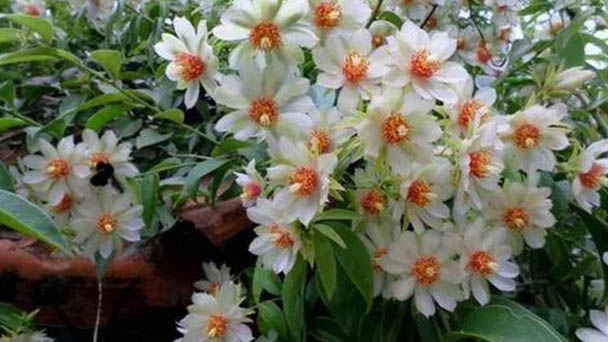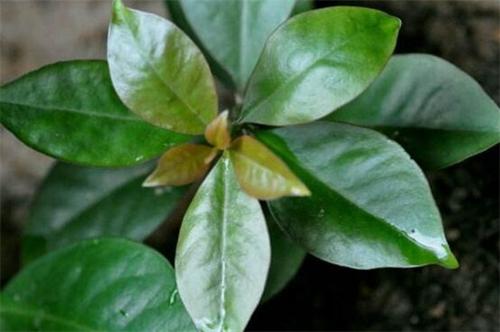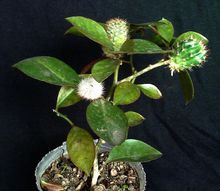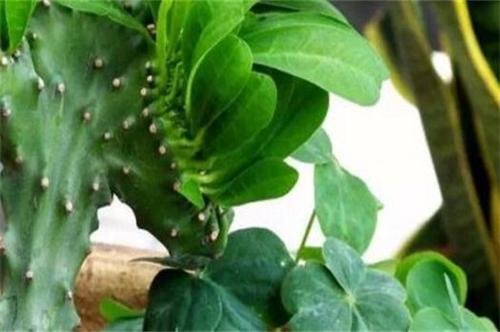Pereskia Aculeata Mill profile
Written by Maggie
Dec 08 2020

Pereskia Aculeata Mill is located in Yunnan, Guangxi, Guangdong, Fujian, Taiwan, Zhejiang, Jiangsu, Hebei, Liaoning, Central America, north and east of South America and West Indies.
Pereskia Aculeata Mill picture

Morphological characteristics of Pereskia Aculeata Mill
Pereskia Aculeata Mill is a climbing shrub, 3-10 m high.Base trunk up to 2-3 cm in diameter, gray-brown, epidermis longitudinally divided;Branches are numerous, terete, with long internodes, green or reddish brown, glabrous;Axils of small nests, pad, 1.5-2 mm in diameter, with gray or light brown villi, enlarged on old branches and protruded as nodules, up to 15 mm in diameter, with 1-6(-25) root spines;Prickly to subulate, 1-4- (-8) cm long, brown, often paired on climbing branches and bent downward into a hook, shorter.The leaf blade is ovate, broadly elliptic to elliptic lanceolate, 4.5 -- 7 (-10) cm long and 1.5 -- 5 cm wide, apex acute to short acuminate, margin entire, base cuneate to rounded, slightly fleshy, glabrous, green above, green to purple below;Lateral veins are 4-7 on each side, slightly sunken or flat above, slightly convex below;Petiole is 3-7 mm long, glabrous.Flowers racemose or paniculate on upper branches, radial, fragrant, 2.5 -- 4 cm in diam.Pedicels are 5-10 mm long;Lanceolate to linear-lanceolate leaflike scales and axillary nests, scales 8 -- 25 mm long, 2 -- 6 mm wide, nests with yellowish-brown to grayish tomentose and fine spines;Calyx-shaped perianth 2-6, ovate to obovate, 12-15 mm long, 4-8 mm wide, apex acute or orbicular, sometimes with small cusp, pale green or margin subwhite;Testaminate 6-12, obovate to spatulate, 15-23 mm long, 6-8 mm wide, apex rounded, truncate or subacute, sometimes with small cusp, white, or yellowish or pinkish;Stamens are numerous, glabrous;Filaments are 5-7 mm long, white;Anthers are elliptic, 1-1.2 mm long, yellow The pistil is glabrous, ovary superior;A few ovules were born in the lower part of lateral membranous placenta, which was basal placenta.Berries are pale yellow, obovoid or globose, 1-2 cm long, spiny.Pereskia Aculeata Mill has 2-5 seeds, double convex, black, smooth, 4.5-5 mm in diam., 1.4-1.6 mm thick;The umbilicus is slightly concave.

Pereskia Aculeata Mill growth habit
Pereskia Aculeata Mill is originally produced in humid areas of tropical America. It prefers warm, humid and sunny environments, and is relatively cold-resistant, semi-overcast and high-temperature resistant. It is best to cultivate pereskia aculeata Mill with loose, fertile and well-drained sandy soil.Its growth temperature is 24℃ to 30℃ in the day, 18℃ to 21 ℃ at night, and in winter the temperature should not be less than 10℃, about 5℃ leaves will fall off and enter a dormant state.
Pereskia Aculeata Mill distribution range
Pereskia Aculeata Mill is found in Central America, northern and eastern South America, and west Indies.It is cultivated in yunnan, Guangxi, Guangdong, Fujian, Taiwan, Zhejiang and Jiangsu in the south, and in Hebei and Liaoning in the semi-wild state in the south of Fujian.
Main values of Pereskia Aculeata Mill
Ornamental potted plants;In addition to having better ornamental value, Pereskia Aculeata Mill
leaves, flowers can also do medicine, treat for fall injury, all kinds of internal and external injuries, folk used to treat women's diseases.
Edible: Pereskia Aculeata Mill yellow prickly berries are edible. The leaves can also be used as a cooking seasoning or vegetable. The fruit is sour and sweet to eat.
Grafting: Due to Pereskia Aculeata Mill well-developed root system and strong affinity with cactus, it is often selected as rootstock for some plants to form community plants of multiple varieties with a unique style.

Latest Updated
- Benefits of Bugleweed - 7 Science-backed Health Benefits
- Bugleweed Dangers & Side Effects - Is It Poisonous?
- How to Plant Evergreen Trees - What You Should Know
- When to Plant Evergreens - Grow Guide for Evergreen Trees
- 12 Wonderful Evergreen Shrubs for Your Garden
- 12 Popular Evergreen Plants with Pictures for Beginners
- When And How To Prune A Lilac Bush Like a Pro
- How to Grow & Care for Lilac Vine (Hardenbergia Violacea)
- Japanese Lilac Tree (Syringa Reticulata) Care & Propagation Guide
- Shumard Oak Pros and Cons - What to Know
Popular Articles
- Winter maintenance of Antirrhinum Majus
- How to Grow Terminalia Mantaly Tree
- How to Grow and Care for Crossostephium Chinense
- How to grow Antirrhinum Majus in spring
- Peristeria Elata (Dove Orchid) Profile: Info & Care Guide
- Underwatered Snake Plant (Sansevieria Trifasciata) - Signs And How To Fix
- How to Care for Brazilian Jasmine Plant (Mandevilla Sanderi)
- How to Grow & Care for Graptopetalum Purple Delight in Summer
- Rosa Chinensis (China Rose): Plant Growing & Care Tips
- How to Care for Baby Sun Rose (Aptenia Cordifolia)